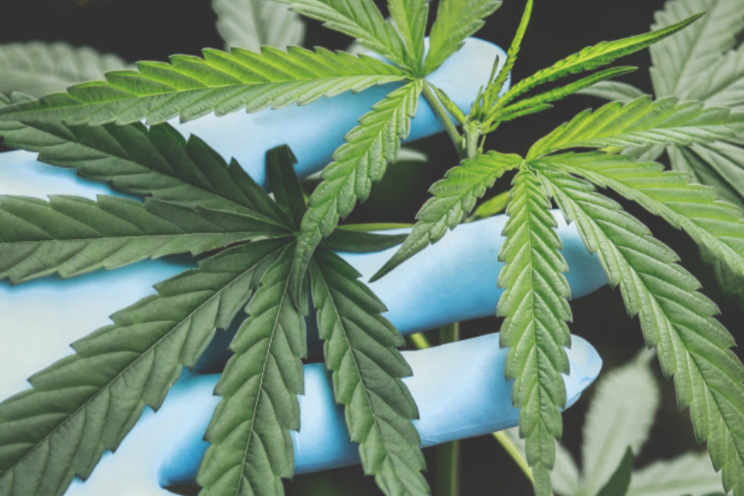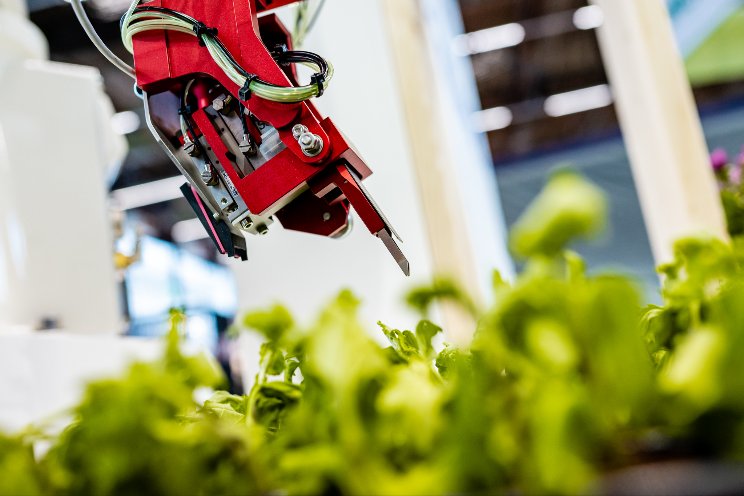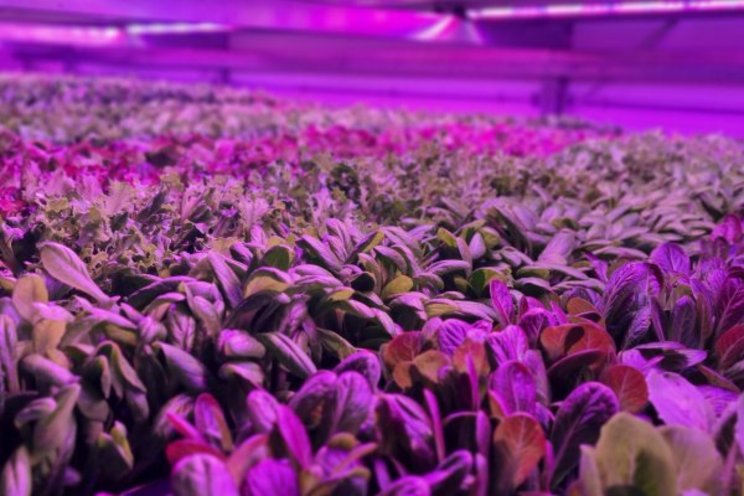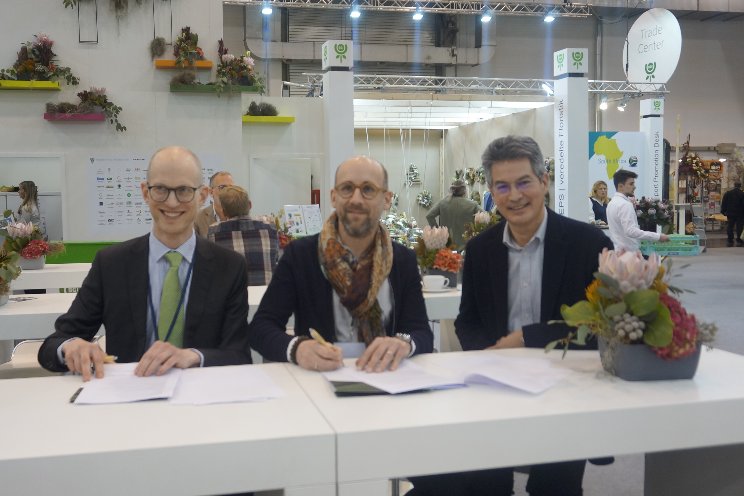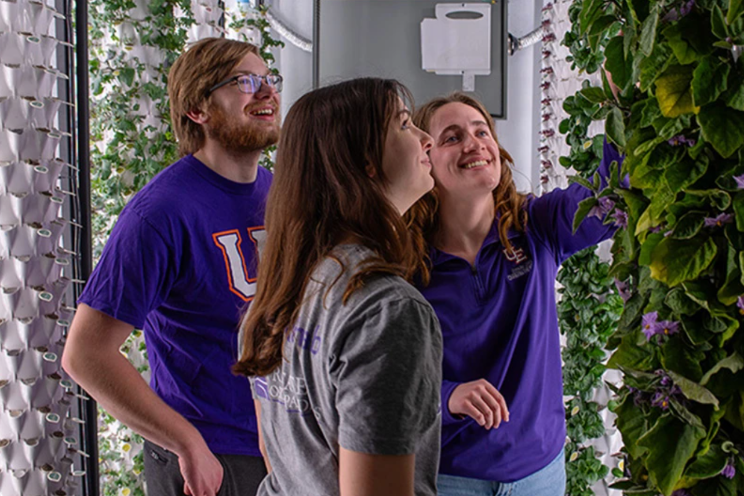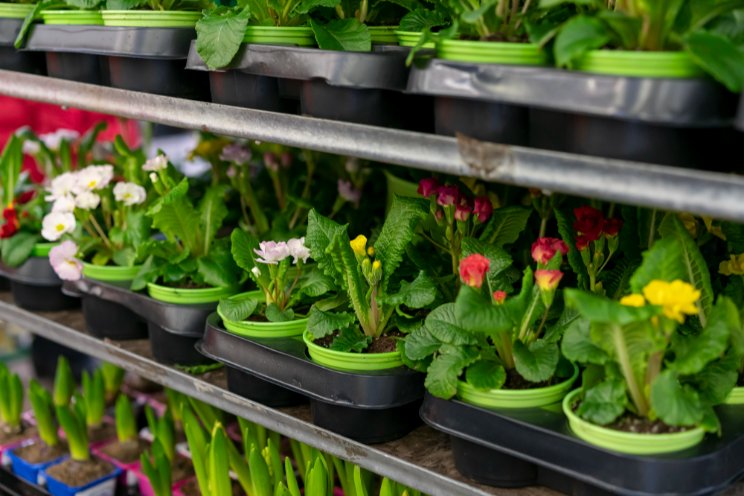How to implement a successful pest control for cannabis
Added on 16 February 2024

Fortunately, implementing conventional strategies such as IPM (Integrated Pest Management) correctly allows both industry veterans and newcomers to protect their plants in an efficient, cost-effective and environmentally friendly manner.
This article aims to show you the entire process of putting an Integrated Pest Management strategy into action step by step in the context of cannabis cultivation and what to take into account while consolidating your defenses against potential pests…
According to the UN Food and Agriculture Organization, IPM can be defined as “the careful consideration of all available pest control techniques and subsequent integration of appropriate measures that discourage the development of pest populations and keep pesticides and other interventions to levels that are economically justified and reduce or minimize risks to human health and the environment”. As such, the use of pesticides and other chemical solutions is encouraged to a minimal extent, an important consideration to keep in mind as both the USDA and the European Commission are pushing stricter laws for pest control in order to protect the environment.
Now to the six components of an effective IPM strategy:
- Prevention: Choosing a production environment that is least probable of harboring damaging elements, an ideal approach which doesn’t heavily resort to chemical solutions - done the right way, it will ease disinfestation significantly if prevention fails.
- Pest Identification: In the context of cannabis cultivation, pests can range from insects to mold, fungi and viruses - identifying the natural enemies of characteristic pests such as aphids, mites and scales and deploying them against insects can do wonders for pest management, although other damaging elements such as mold and viruses may need chemical intervention.
- Monitoring: Applying a strategy tailored to the needs of the crop and keeping track of the pest population.
- Establish Action Thresholds: Preserving organisms beneficial to the crop and eliminating the identified threats as soon and swift as possible along with setting an IPM budget dependent on the encountered threat level.
- Management Options: An amalgamation of several methods with the joint purpose of cutting down pest populations to a minimal level, shall eradication not be accomplished by the final phases of the IPM cycle.
- Evaluation: Analyzing management decisions and strategy results with the scope of improving pest control.
Given the scarcity of licensed cannabis pesticides, ensuring prevention to the highest degree is the best option cannabis cultivators have at the current moment.
“It is essential to focus on pest prevention due to the limited number of registered pesticides for commercial cannabis growers. When pest problems are prevented, the need for other control measures is reduced.”, reports Janeen Wright from Greenhouse Grower.
The Greenhouse Grower editor instructs growers to keep mother plants clean by any means necessary, thereby guaranteeing crops the maximum level of safety from potential predators, saving time and money in the process and ensuring a good harvest.
“When growing any crop, pest management should start in propagation. Mother plants are stock plants used to take cuttings for propagation. Because mother plants are generally kept longer than all other plants in production, they can accumulate pests that are then transmitted through clones or cuttings. A strong focus on keeping mother plants clean is a key pest prevention strategy.”
All in all, it is best to implement your IPM strategy with a focus on prevention and not forgetting the basics : good ventilation, sterilized potting mixes, low-temperature lights and dehumidifiers along with going through each of the six stages should keep your crop in a healthy state.
Additional tools that could be used in countering pests are yellow-blue sticky traps. In the case of insects, this rather rudimentary method can save growers copious amounts of time and money while substituting pesticides in an efficient manner.
Image by jcomp on Freepik
More news
